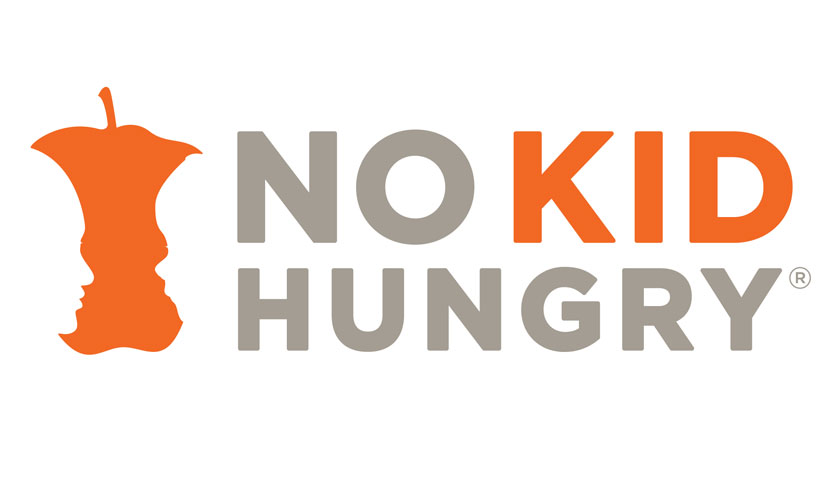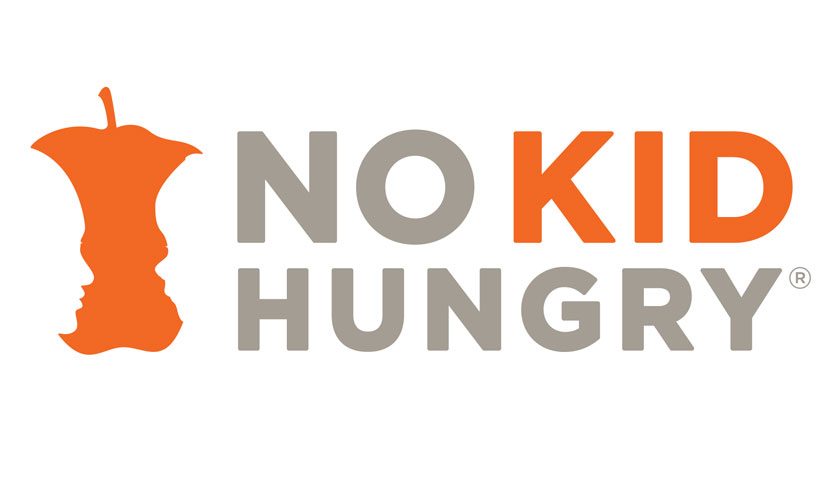No Kid Hungry, a national campaign to end childhood hunger in America, announces Viola Davis as its newest National Spokesperson, joining as the campaign releases an in-depth research report on the state of childhood hunger in the U.S. four months into the COVID-19 crisis. With Davis lending her voice to amplify the report’s findings, “The Longest Summer: Childhood Hunger in the Wake of the Coronavirus” explores the impact of job loss and school closures on families across the country, particularly their ability to feed their children.
Davis, who has been public about her own experience with childhood hunger, having grown up in abject poverty, knows this reality intimately:
“The uncertainty of where your next meal will come from is a scary thing and it consumes every waking moment you have,” she said. “I still remember what it was like—the stigma attached to it and the shame—that’s what so many families are going through right now. Your sense of value and worth are taken away from you when you’re food insecure. If I can play a role in helping a child feel seen and regain their sense of value, I’m all in every time because I know what it would’ve meant to me. You have no idea the potential we could tap into just by solving this one problem for kids.”
Through a combination of quantitative and qualitative analysis, the report offers new survey data and poignant video diaries, providing an intimate look into the homes and lives of real families impacted by the ongoing crisis.
Among the report’s most revealing results, half of American families (47%) are currently living with hunger—with Black (53%) and Latino (56%) children among the most heavily impacted. Furthermore, essential workers (74%) make up the majority of working food insecure households. And while unprecedented job loss has led to new families facing food insecurity, a significant number (85%) were living with hunger even before the crisis began.
“COVID-19 isn’t only creating a new hunger problem, it is also exposing a deeply-rooted issue that has long impacted families in our country,” said Billy Shore, founder and executive chair of Share Our Strength, the organization behind the No Kid Hungry campaign. “In September 2019, one out of every seven households with children faced food insecurity; that number quickly increased in the early months of the pandemic, revealing that many families were just one lost job, health crisis or stalled school meal program away from hunger.”
As one video diary participant, Kyle, a New York-based father, noted: “When you’re in a tough situation like this you basically go into survival mode and go back to the basics. How am I going to keep a roof over my son’s head and how am I going to keep food on our table?”
The research also reveals promising implications for future change, as COVID-19 opens America’s eyes to hunger:
Nearly 6 in 10 Americans think food insecurity is getting worse since COVID-19 (58%) and agree more should be done for children (57%). Americans also agree that support at the public policy level is key, as three quarters (76%) believe the Supplemental Nutrition Assistance Program (SNAP)—which offers food budget assistance to families in need—should have its funding maintained or increased.
As part of her work with No Kid Hungry, Davis too has been vocal about her support for SNAP; she penned a letter to Congress urging it to strengthen the program in light of the growing number of families in need of food assistance. “While it will take a combination of resources to help our nation’s low-income families and children,” she wrote, “one of the best ways to feed hungry kids during a pandemic is by making sure their families have the resources to feed themselves.”
Despite setbacks in the country’s progress toward ending childhood hunger in the wake of the pandemic, Shore remains hopeful:
“Childhood hunger, even during COVID-19, is solvable,” he said. “Experience teaches that federal food programs, schools and community groups are crucial to feeding kids all year long, including during the summer. This is often the hungriest time of year for children who rely on school meals which means, for many, this crisis has felt like the longest summer yet.”
Click here for a quick look at the key findings from the report. To view the full report and video diaries, visit LongestSummer.org.
“The Longest Summer: Childhood Hunger in the Wake of the Coronavirus” was made possible in part by C&S Wholesale Grocers, the Presenting Sponsor of the report and a No Kid Hungry Partner.



